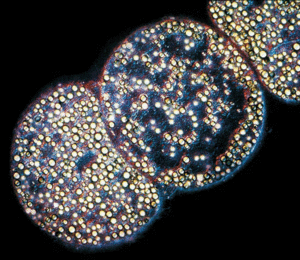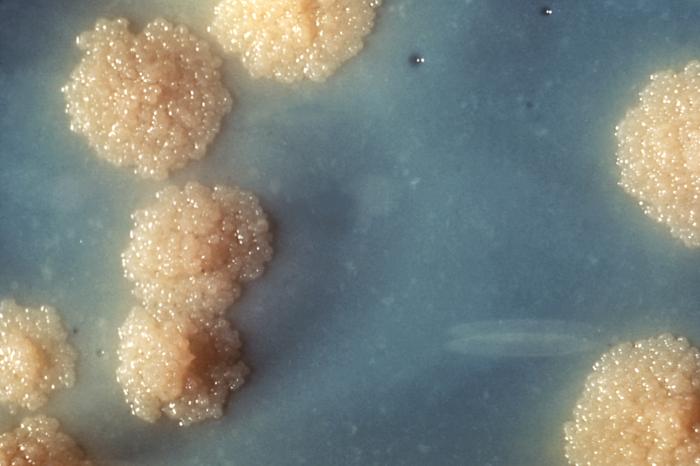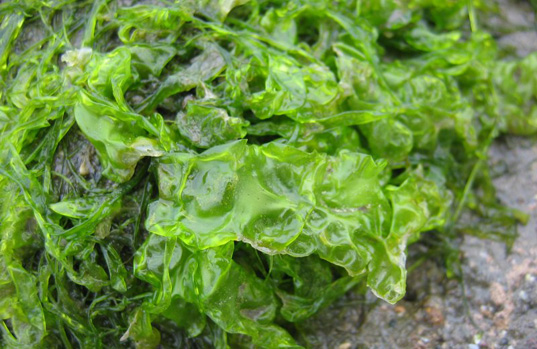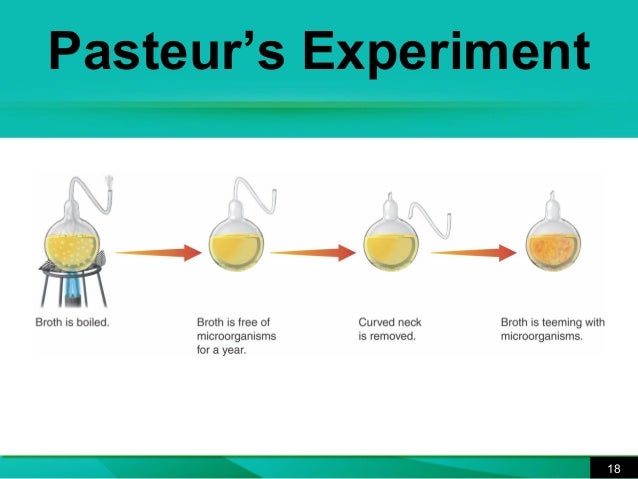In week 1, we were required to create a less than 2 minutes video for our introduction. We need to introduce ourselves and answered two questions which is what do you know about microbes and what do you want to know about microbes. Then, we start our classes and Dr Wan explained to us about the learning outcomes. Learning outcomes that we need to achieve were able to define microorganism, able to recognize major groups of microorganism, able to describe several ways in which microbes affect our lives and able to relate the people, events and milestones in the history of microbiology. Dr Wan allowed us to use any of our gadgets such as telephone and laptop to search any information about microbes. Microbe also called microorganism or 'germ' are minute living things that individually are usually too small to be seen with the unaided eyes.
Then, we were required to answer the question from padlet.com. We need to list down the applications of microbes that you are familiar with. As I know that microbes were use widely in production of antibiotic such as penicilin. Penicillin was the first naturally occurring antibiotic discovered. It is obtained in a number of forms from Penicillium moulds. There are two different types of penicillin :
- Biosynthetic penicillin is natural penicillin that is harvested from the mould itself through fermentation.
- Semi-synthetic penicillin includes semi synthetic derivatives of penicillin - like Ampicillin, Penicillin V, Carbenicillin, Oxacillin, Methicillin, etc. These compounds consist of the basic Penicillin structure, but have been purposefully modified chemically by removing the acyl group to leave 6-aminopenicillanic acid and then adding acyl groups that produce new properties.
These modern semi-synthetic penicillins have various specific properties such as resistance to stomach acids so that they can be taken orally, a degree of resistance to penicillinase (or β-lactamase) (a penicillin-destroying enzyme produced by some bacteria) and an extended range of activity against some Gram-negative bacteria. Penicillin G is the most widely used form and the same one we get in a hypodermic form.
Next, the other applications of microbes are use in industrial such as bread and cheese, act as natural pest killer in garden and also used as thickening and stabilizing agent such as in water based paint and cosmetic. After that, Dr Wan told us about the Watermelon snow. Watermelon snow, also called snow algae, pink snow, red snow, or blood snow, is Chlamydomonas nivalis, a species of green algae containing a secondary red carotenoid pigment (astaxanthin) in addition to chlorophyll. Unlike most species of fresh-water algae, it is cryophilic (cold-loving) and thrives in freezing water.[1] Its specific epithet, nivalis, is from Latin and refers to snow.
 |
| Watermelon snow |
This type of snow is common during the summer in alpine and coastal polar regions worldwide, such as the Sierra Nevada of California. Here, at altitudes of 10,000 to 12,000 feet (3,000–3,600 m), the temperature is cold throughout the year, and so the snow has lingered from winter storms. Compressing the snow by stepping on it or making snowballs leaves it looking red. Walking on watermelon snow often results in getting bright red soles and pinkish pant cuffs.
 |
| Watermelon snow in Sierra Nevada |
There are five groups of microorganism which is bacteria, fungi (yeasts and molds), protozoa, algae and also virus. Firstly, we learned about the general characteristic of bacteria. Bacteria are unicellular organisms. Bacteria are Prokaryotes which means no nucleus, no membrane bounded organelles and genetic material not enclosed in a nuclear membrane. I never know the name of the largest bacteria in the world before this. But after we had learned about bacteria, we need to know what is the largest bacteria which is Thiomargarita namibiensis. Thiomargarita namibiensis is a gram-negative coccoid Proteobacterium, found in the ocean sediments of the continental shelf of Namibia. It is the largest bacteria ever discovered, as a rule 0.1–0.3 mm (100–300 µm) in diameter, but sometimes attaining 0.75 mm (750 µm).[1][2] Cells of Thiomargarita namibiensis are large enough to be visible to the naked eye. Although the species holds the record for the most massive bacterium, Epulopiscium fishelsoni – previously discovered in the gut of surgeonfish – grows slightly longer, but narrower.
 |
| Thiomargarita namibiensis |
 |
| Various shape and forms of bacteria |
Example of uncommon shape of bacteria is star shape, rectangular and also pleomorphic. Pleomorphic means the ability of some baqcteria to alter their shape or size in response to environmental conditions. They change their shape in unfavourable condition. For the next class, we were required to sign in blendspace.com, popplet.com, quizzlet.com and also padlet.com. These are the tools that we use in our class. These are the effective way of teaching instead of only listen to the lecture.
Dr Wan gave us a task on do the research about bacteria as art article that have been upload in putrablast. Bacteria move against antibiotic and formed a beautiful pattern. As we know that why the bacteria act like that because these are the one of strategy. The molecule is very specific and they communicate each other. Besides that, we also learned about Deinococcus radiodurans. Deinococcus radiodurans is an extremophilic bacterium, one of the most radiation-resistant organisms known. It can survive cold, dehydration, vacuum, and acid, and is therefore known as a polyextremophile and has been listed as the world's toughest bacterium in The Guinness Book Of World Records. We also learned about Mycobacterium tuberculosis. Mycobacterium tuberculosis is an obligate pathogenic bacterial species in the family Mycobacteriaceae and the causative agent of most cases of tuberculosis. Lastly, we learned about Bacillus antracis. Bacillus anthracis is the etiologic agent of anthrax—a common disease of livestock and, occasionally, of humans—and the only obligate pathogen within the genus Bacillus. B. anthracis is a Gram-positive, endospore-forming, rod-shaped bacterium, with a width of 1.0–1.2 µm and a length of 3–5 µm. It can be grown in an ordinary nutrient medium under aerobic or anaerobic conditions.
 |
| Mycobacterium tuberculosis |
 |
| Bacillus anthracis |
 |
| Deinococcus radiodurans |
We need to find out how the bacteria divide to form different forms and we got the answer Bacteria produce asexually by binary fission. First it is coccus then they divide into diplococcal. Diplococcal cell divide to form pairs. Streptococcal remain attached after dividing to form chains. Next, we moved to general characteristic of archae. Archae is a prokaryote and its cell wall lack of peptidoglycan. There are three main groups whish are methanogens, extreme halophiles and extreme thermophiles. Example of methanogens is in rumen (cow's stomache). Methanogens produce methane and oil palm plants have a lot of methane.
General characteristic of fungi are eukaryotes, unicellular or multicellular and cell wall is made up from chitin. Chitin also can be found in insects. For protozoa, ih has pseudopods to engulf bacteria or food and feed on dead materials. it also have cilia and flagella for movement. Vampyrellidae is a group of protoza that important for control of parasite.
Furthermore, we learned about algae. Watermelon snow, seaweed, algae bloom and also di-atom are the examples of algae. Algae was differentiate according to their colour which is green clalled chlorophyta and red called rhodophyta. Cell wall of algae are made up from silica and they were symmetrical because of the cell wall for sure. Lastly, the general characteristics for virus are acellular which means not cellular, very small, simple microorganism with DNA and RNA, reproduce by using cellular machinery of host and inert biochemical complex.
 |
| protozoa |
 |
| Fungi |
 |
| green algae |
Before we continue we the learning outcomes, we we required to name the microbe that we want to adopt and write it on the padlet.com. i chose microbe Pseudomonas syringae as my bacteria that I eant to adopt. Dr Wan also gave us the quiz on edpuzzle which s about how bacteria talk. The video was uploaded before this. I love the way how Dr Wan teach us. it was really amazing and creative and we start to fall in love with this courses.
For the last learning outcomes, we learned about the timeline of discovery. Science of microbiology starts with the invention of microscope in 1660s by Robert Hooke. Discover of van Leeuwenhoek led to the interest of the scientific communnity of the time origins of these tiny living things. He proposed SPONTANEOUS GENERATION which means life arise spontaneously from non living matter. Spontaneous generation VS Biogenesis issue was finally resolved in 1861 by Louis Pasteur.
 |
| spontaneous generation |
 |
| Pasteur's experiment |
No comments:
Post a Comment